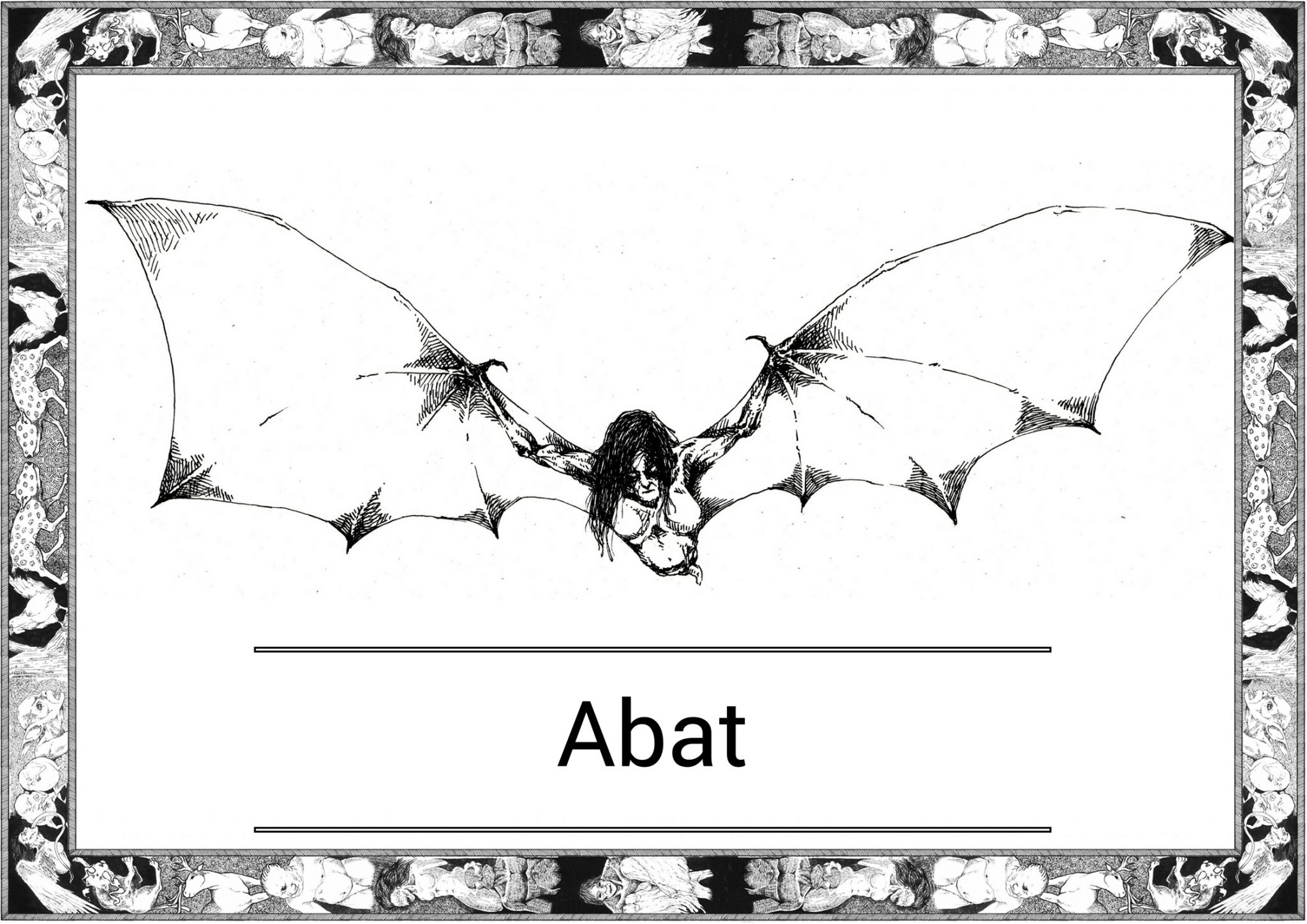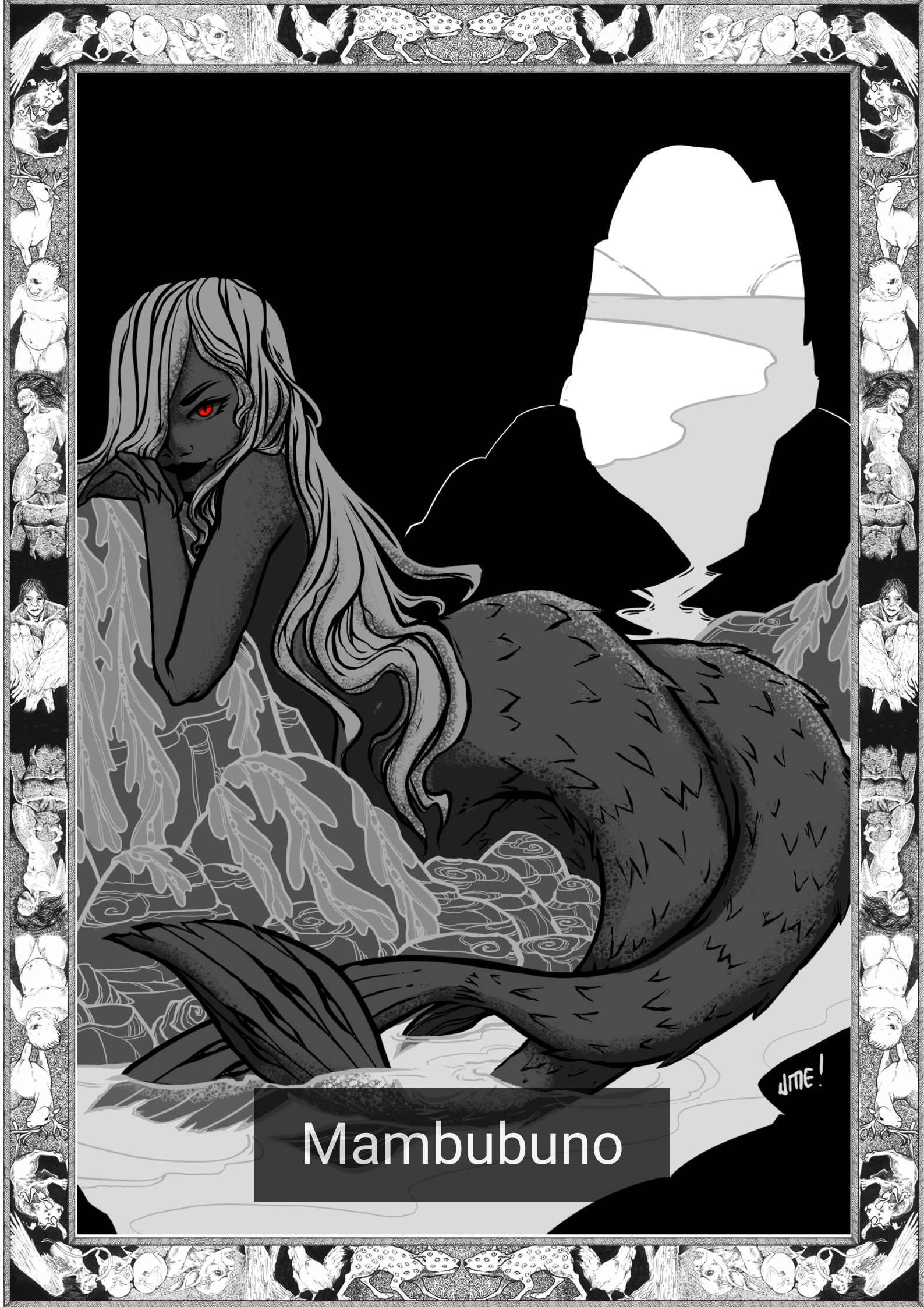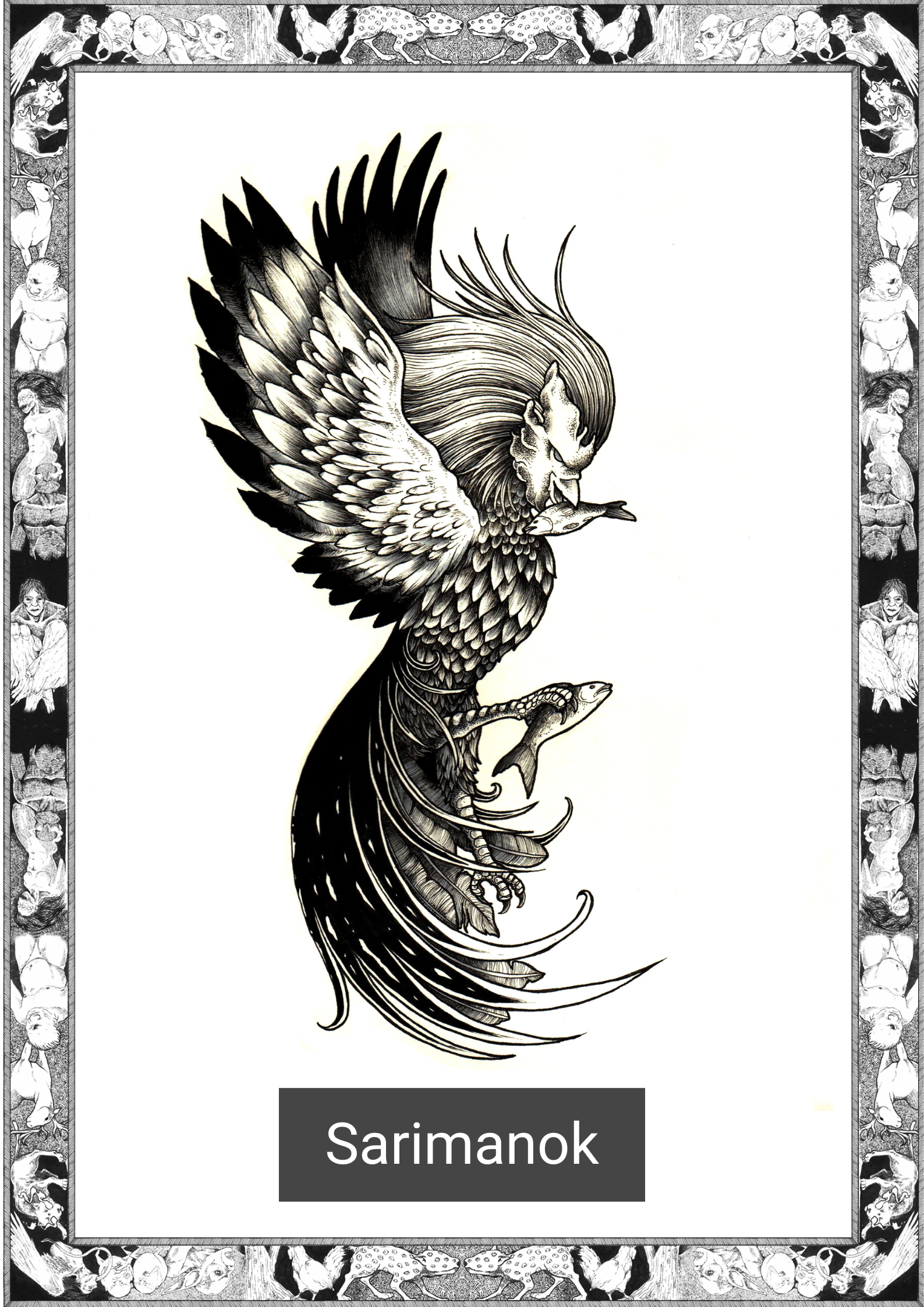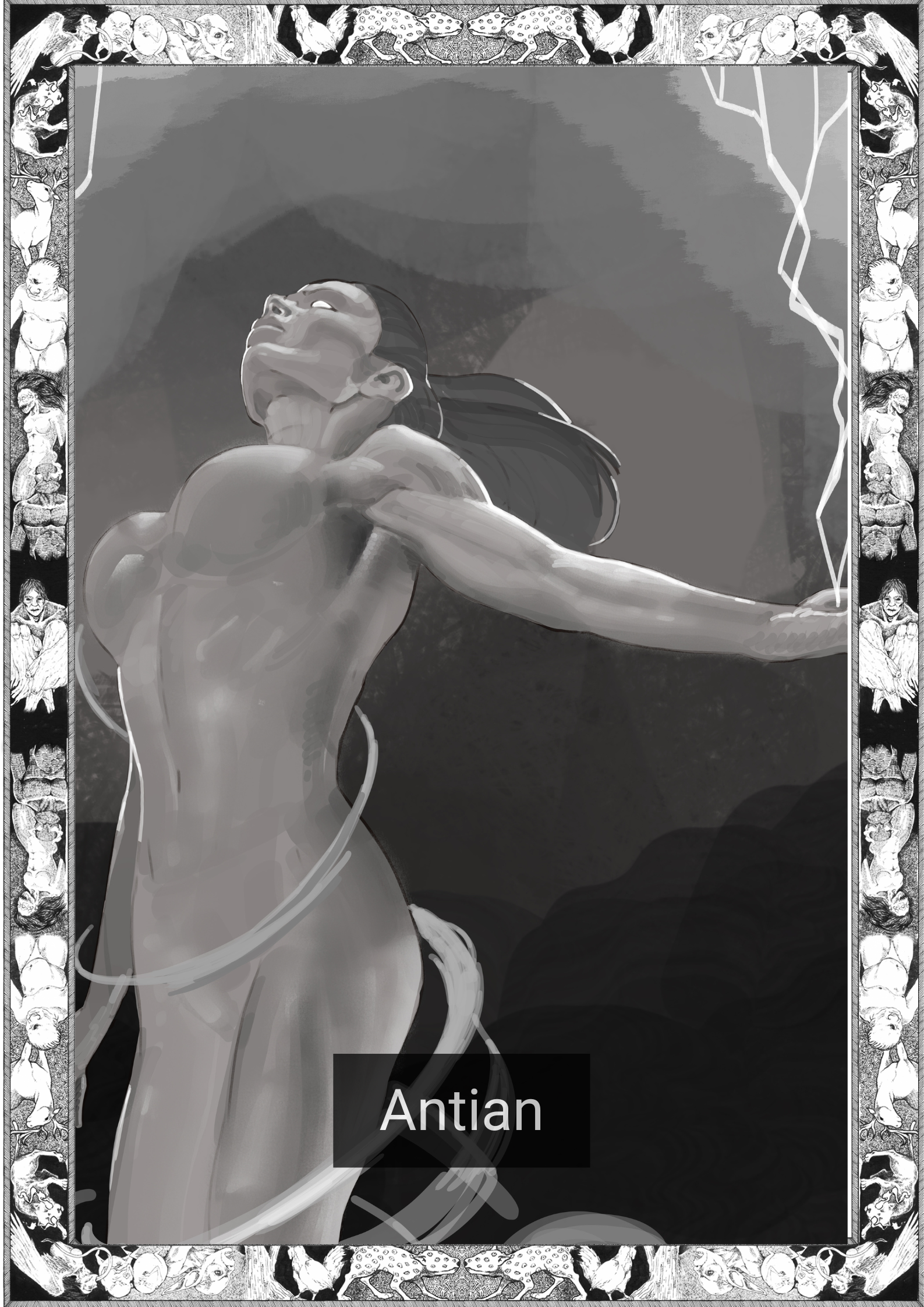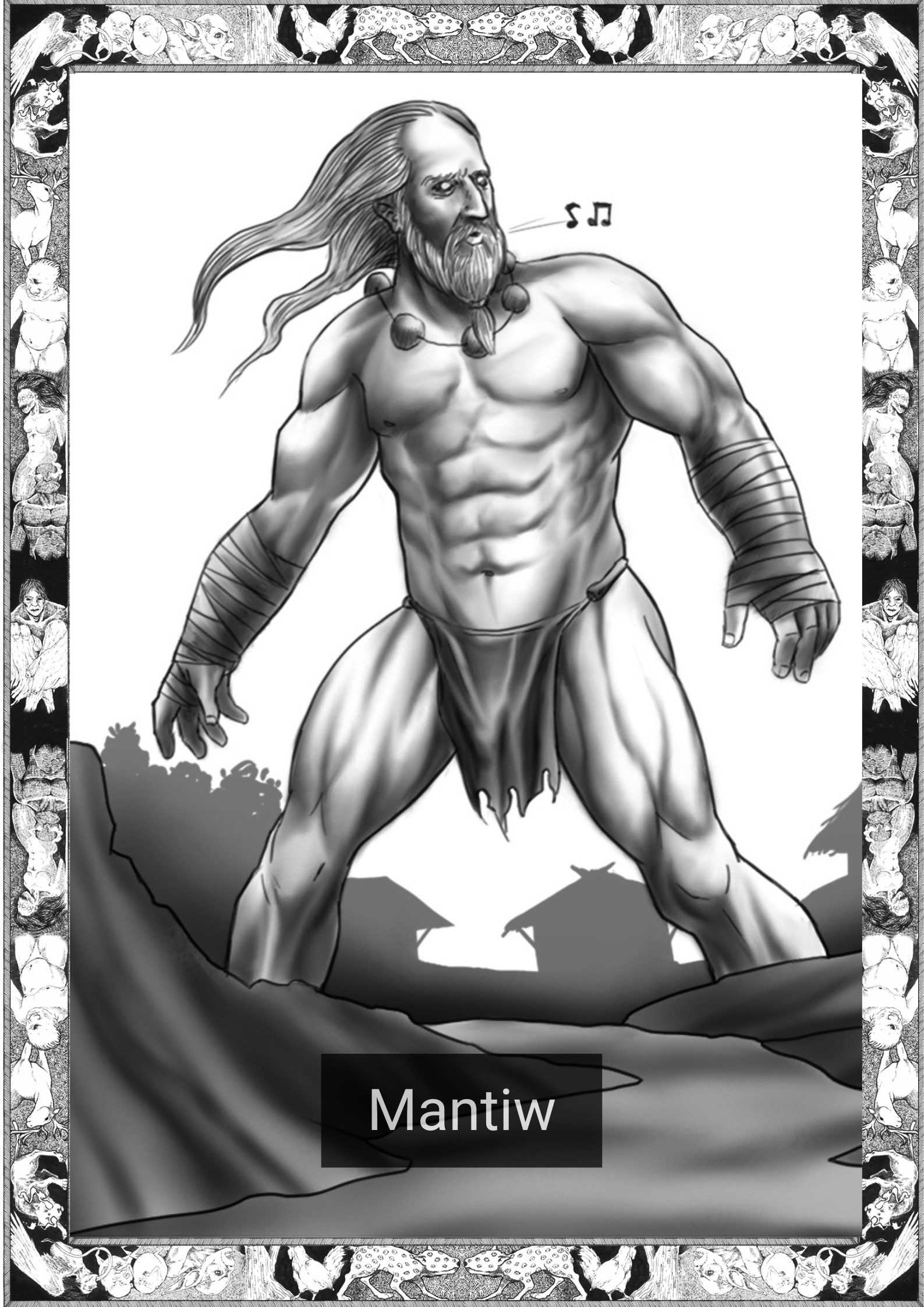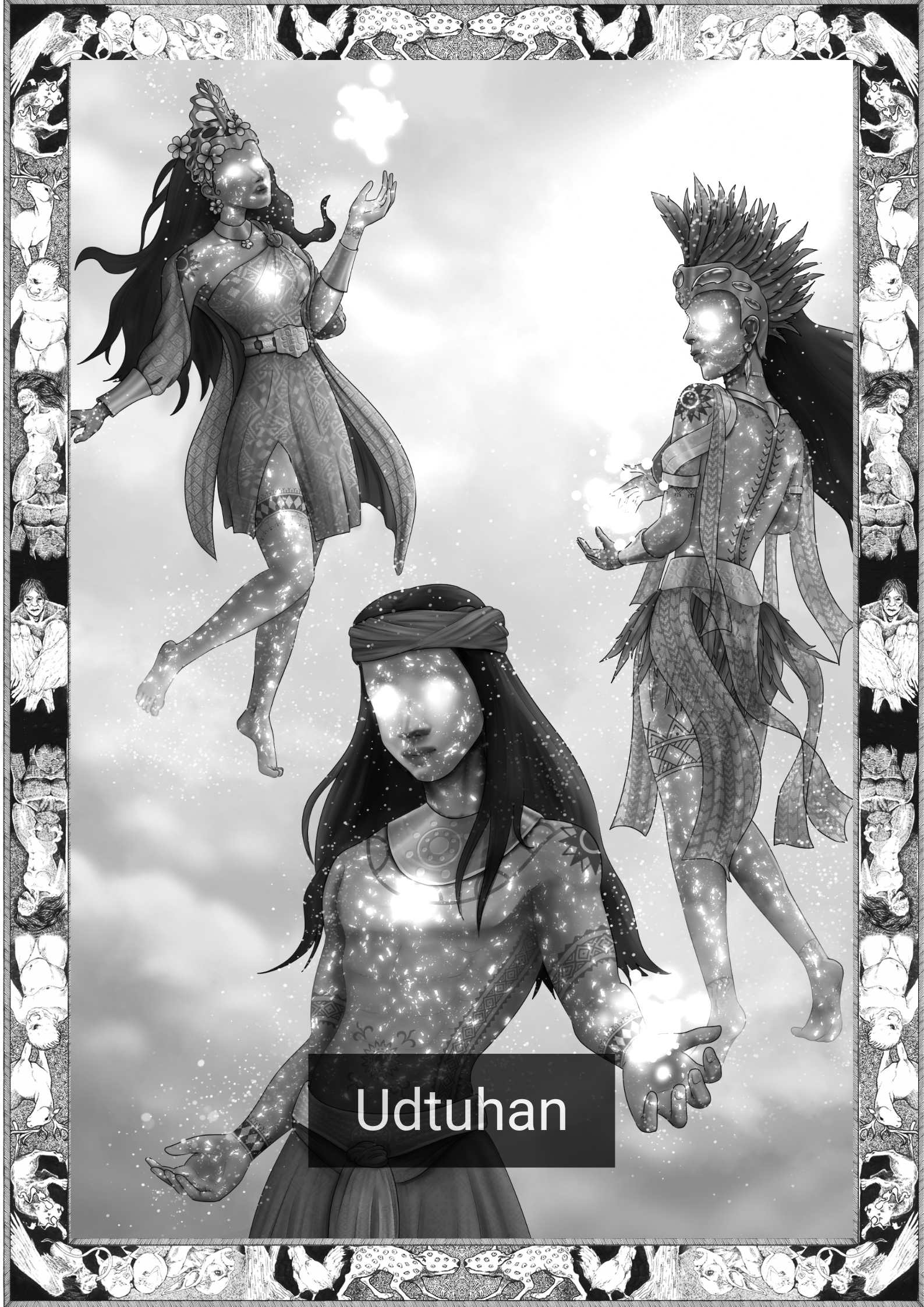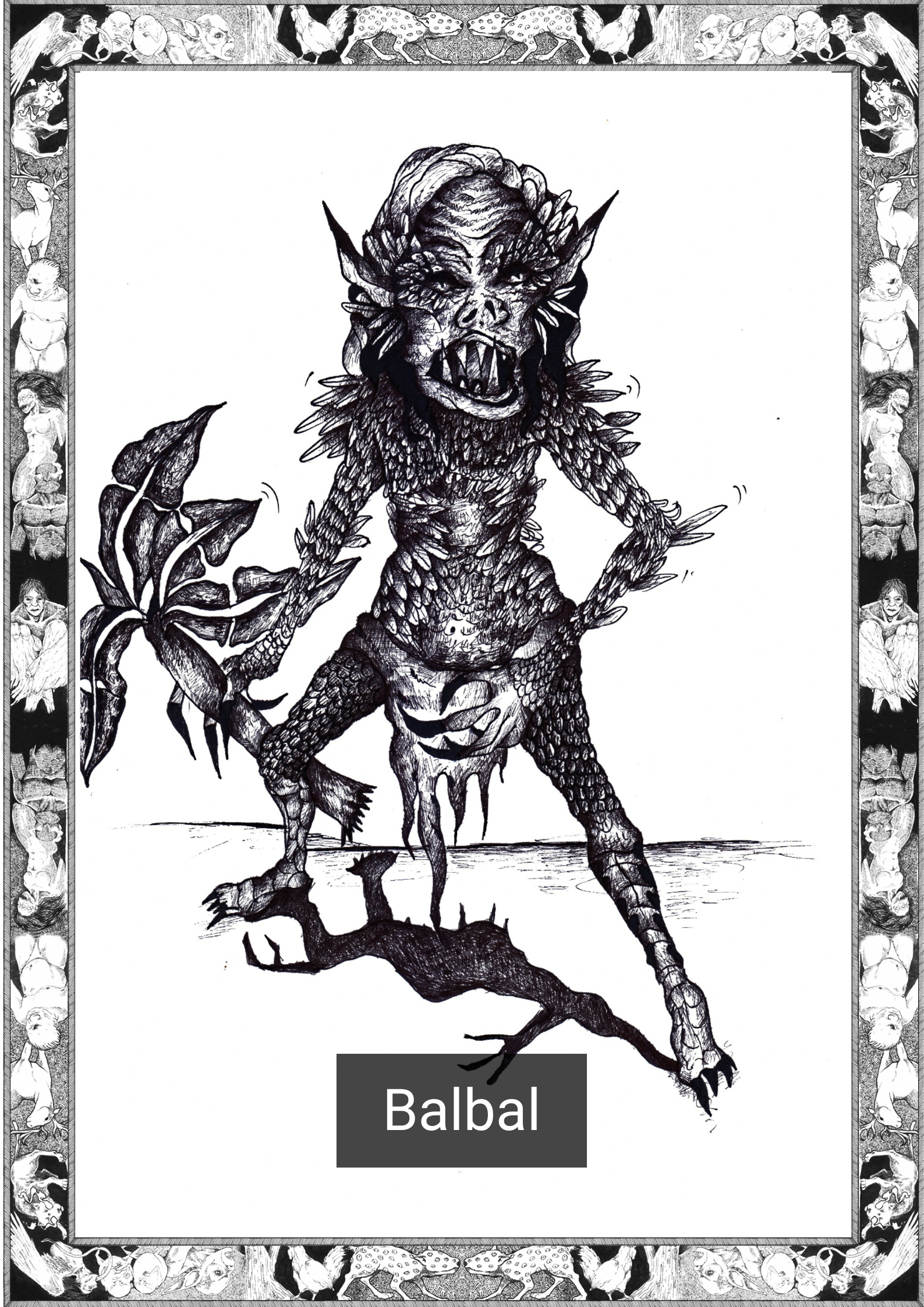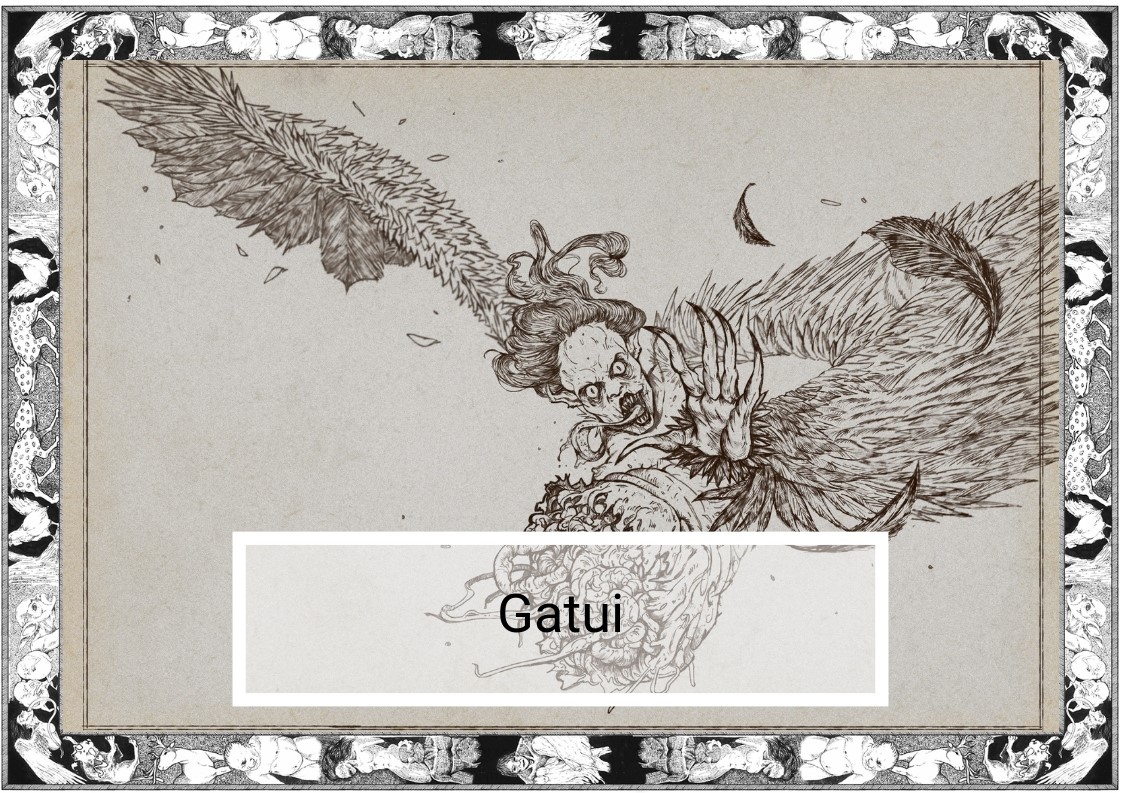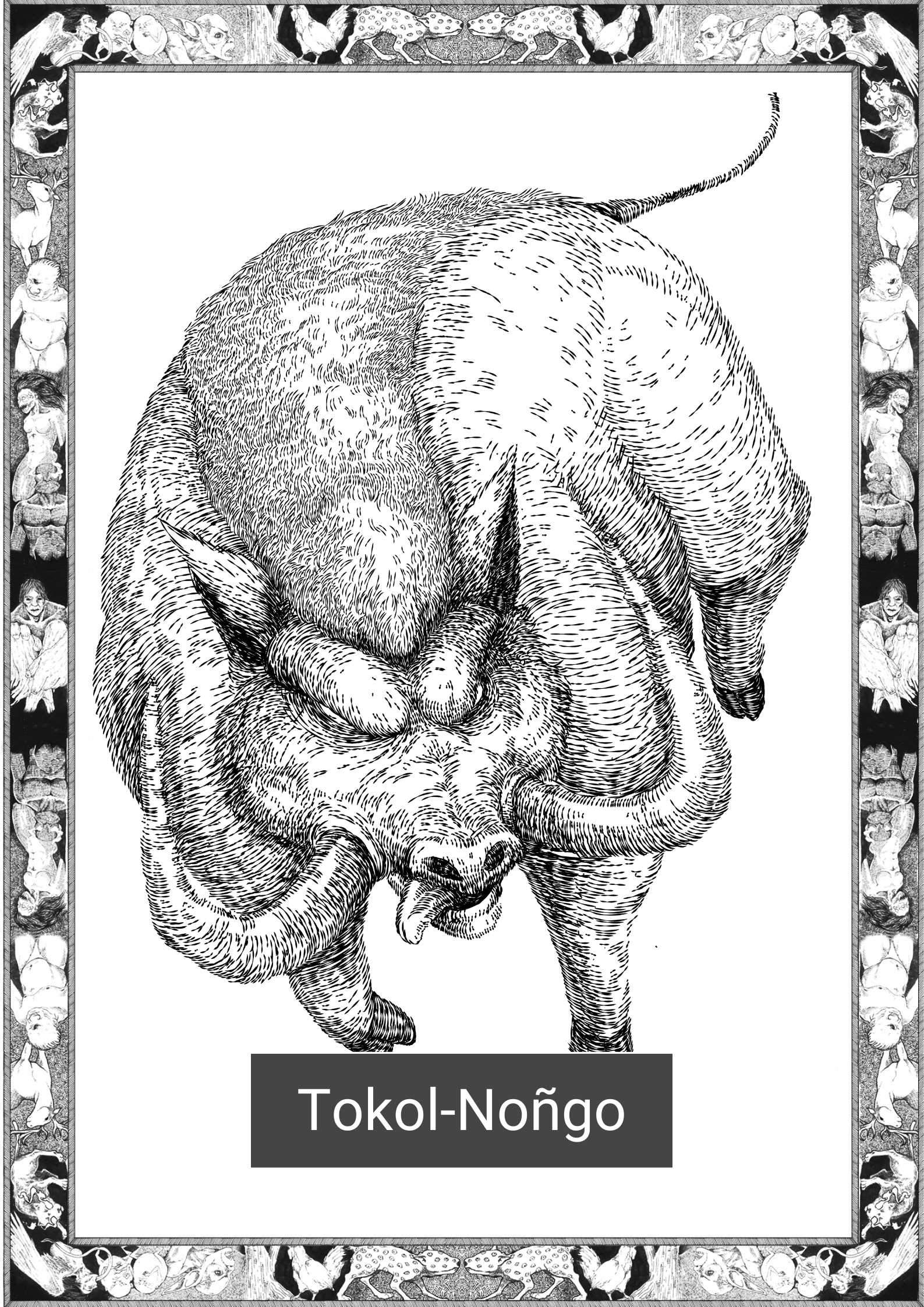
*Note this story is in Bicol Sorsogon
“Duwang minuto lang yada na ako. Haranihon lang ina nan makaskas man ako magdalagan.” Makusog na tibok san puso, mahagkot na kamot, nan an balhas nagtuturo. Hangos san hararom, batog san lakat.
“Basi urhi ko na ini na hangos.” Kada lakat pamate mo ikaw an pinamakaskas na tawo sa kinab-an. Maugma ang saimong pamati. “Amu na ini,” naisip mo, “Nakaya ko.” Diyot na lakat na lang.
“Hala!” Yada na tulos. Huna mo mauunahan mo siya. Inkita ka niya kan saiyang mga mata. “Ayaw!” Naisip mo, “Dili ini puwede!”
Nagbalyo ka san lakat, pabalik sa puno. “Dapat dili na lang ako nagluwas!” Inisip mo ang naging desisyon mo. “Dapat dili na ako nagdalagan! Nanu kay ginibo ko ini? Dapat dili na lang ako nagbati sainda!” Dili ka inuudungan san utak mo.
Harani ka na sa puno. “Dili man ina makalagpas.” Wara pa limang minuto an dinalagan mo. Wara pa limang minuto nagbag-o an buhay mo.
“Harani na. Diyot na lang.” Dili ka mapadakob. Dili ka mapatumba. Dili mo namamatian an pagal “Buhay pa ako.” Dakol an saimong pasasalamat.
Kapot sa dughan. “Dili ini puwede.” Nawawara ka na sa sadiri mo. “Kakaskas man.” Nagtuturo na an dugo sa kamot mo nan sa bado mo. “Nagibo ko. Dapat maayos an kamutangan ko.”
Inulit ulit mo na dapat nasa mayad an kamutangan mo hanggang sa paubos na an saimong dugo. “Dapat nasa maayos an kamutangan ko.” An urhi mo na sinabi.
English Version
“I can make it in two minutes. It’s only a few feet to the next building and I can run fast.” You can feel your heartbeat reverberate to your feet, your hands are cold and sweaty and the chill down your spine has been there for the better part of an hour. The muscles in your legs start to tighten and you take one deep breath before starting your sprint.
“This might be the last breath I’ll ever take.” The adrenaline surges through your body. Each step makes you feel like you’re the fastest person in the world. Your face betrays a smile, “This is it!” you think, “I made it!” Your objective is just a few steps away.
“Oh no.” You don’t know how it got there so fast. You were so sure that you were going to outrun it. The woman stares at you with her bulging red eyes and her hideous face twists in a scream. “No!” The voice in your head shouts “It wasn’t supposed to be this way!”
Your legs take you in the opposite direction, back to the relative safety of the tree. “Why didn’t I stay indoors?” The decisions all start coming back to haunt you “Why didn’t I take up running?”, “Why am I in this place?”, “Why didn’t I listen when I had the chance.” The voices in your head won’t stop screaming.
The tree is in sight now. “It won’t be able to get past the branches.” You realize it’s been less than five minutes since you started running. Less than five minutes would make the difference between now and the rest of your life.
“One more step and I’m there.” Just one last dash and it won’t be able to grab you. There is a moment of doubt before you lunge under the tree and crash into the roots. You don’t feel much of the pain because of your adrenaline. “I’m still alive.” You’ve never been more grateful.
Until you put your hand to your chest. “No, no, no…” Your mind trails off. “It couldn’t have been that fast.” The blood starts to trickle down your fingers onto the rest of your clothes. “I made it, I’m supposed to be safe.”
You repeat those words in your head until there’s too much blood loss.
“I should be safe.” Was what you thought before you closed your eyes, maybe for the last time.
*The Bikol languages or Bicolano languages are a group of Central Philippine languages spoken mostly in the Bicol Peninsula in the island of Luzon, the neighboring island province of Catanduanes and the island of Burias in Masbate. There is a dialect continuum between the Visayan languages and the Bikol languages; the two together are called the Bisakol languages.
The Tabaco-Legazpi-Sorsogon (TLS) dialect is spoken in the eastern coast of Albay and the northeastern part of Sorsogon. TLS is the dialect that has been most influenced by the Inland Bikol languages.
Written by Karl Gaverza
Bicol Translation by Sara Grace C. Fojas
Copyright © Karl Gaverza
Translation Copyright © Sara Grace C. Fojas
Inspired by the Abat entry in Creatures of Philippine Lower Mythology. Ramos. 1971.
Abat illustration by Leandro Geniston from Aklat ng mga Anito
FB: That Guy With A Pen
